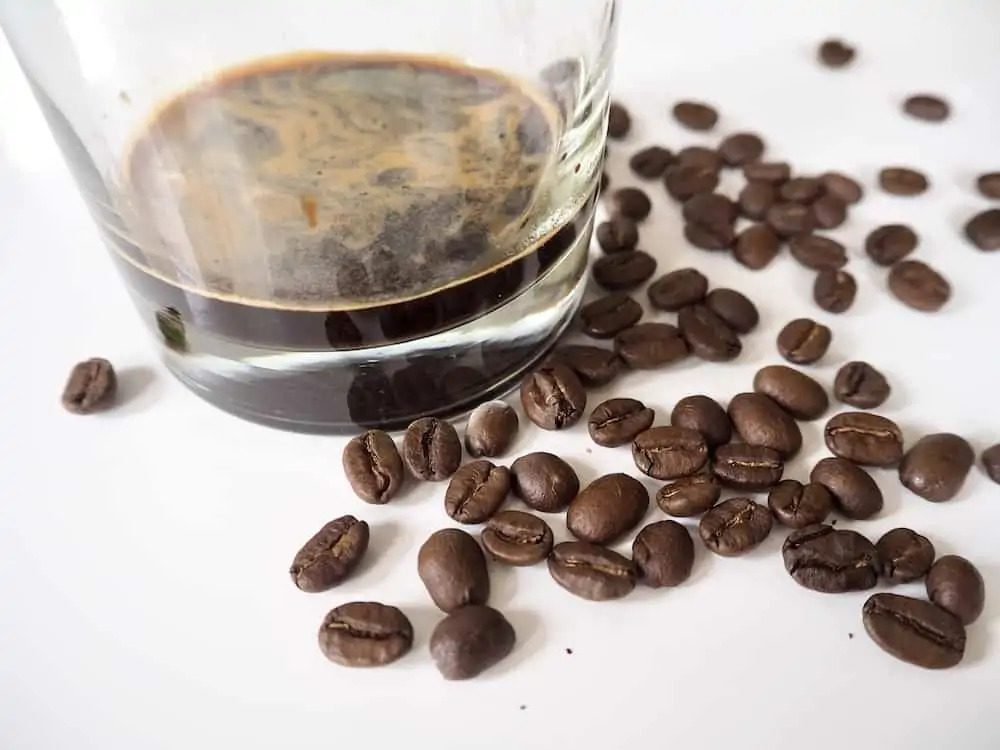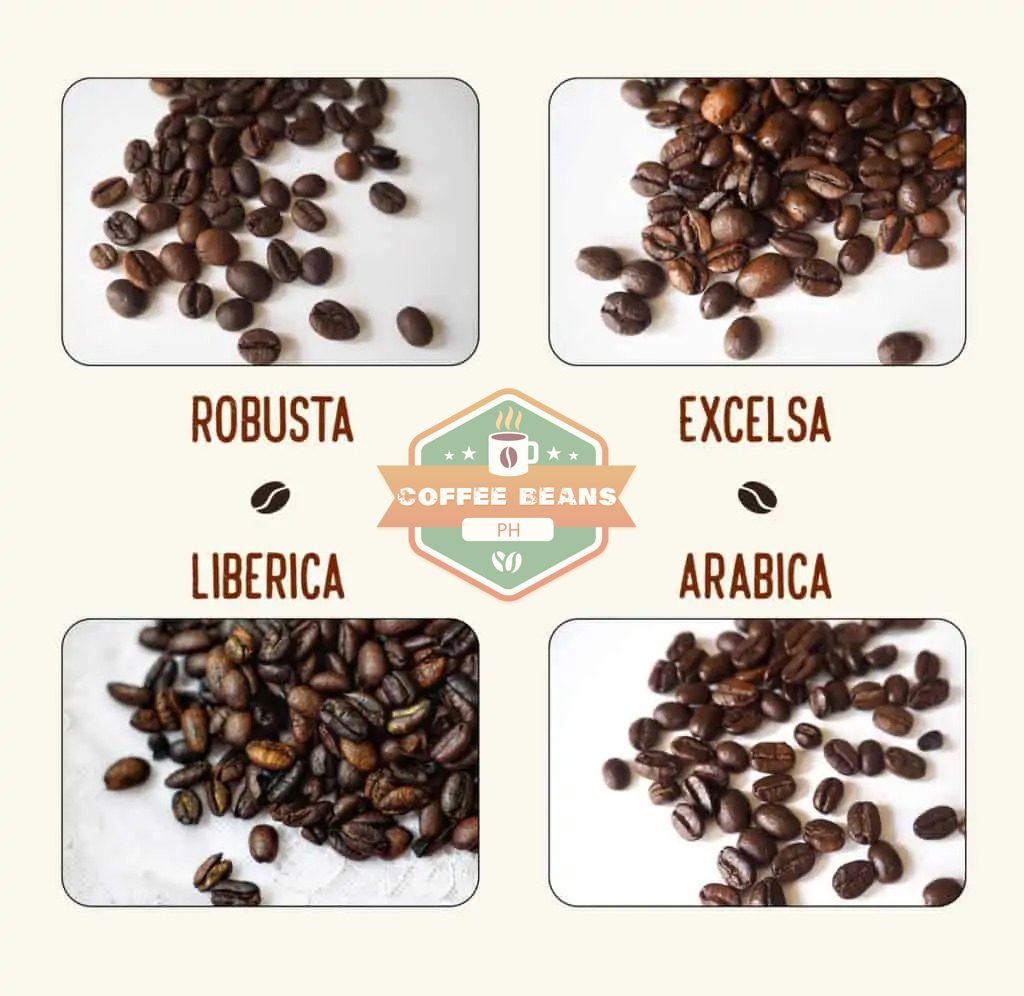
How Climate Change Impacts Coffee
Coffee Beans PH has been roasting the highest-quality robusta beans for ten years, to be exact. With climate change on the rise, more and more coffee roasters have been opting towards robusta beans. While robusta has been knocked down as more bitter than arabica beans, we’ve known its magical powers for years. Robusta beans are a big reason why our coffee is double the strength of your average cup.
Both our Dark and Medium Roast coffees are a blend of robusta and arabica. You can thank robusta for the caffeinated kick and arabica for the smooth, never-bitter taste. While we love both beans equally, the industry has historically favored arabica beans. So, why the sudden change of heart?
As climate change threatens production and drives prices up, coffee farmers and roasters are looking to find a climate-resilient bean—making robusta the new “it bean” in the coffee world. Unlike arabica plants, robusta plants are more tolerant of disease and drought and are much easier to grow. According to World Coffee Research, Robusta now makes up more than 40% of coffee grown worldwide.
What Is Robusta Coffee?
Robusta coffee comes from the Coffea canephora and is the second most popular coffee in the world, behind arabica. Robusta originates in the Eastern Hemisphere and lower elevations like Africa, Indonesia, and Vietnam. The robusta used in our coffee blends originates in India.
They’re incredibly resilient, heat tolerant, and disease-resistant—making them the obvious choice for roasters as climate change continues to impact farms worldwide. According to trend forecasters, robusta was selected as one of the top food and beverage trends to take off in 2022. Little did they know, Death Wish Coffee was already ahead of the trend. Since 2012, we have continued to source only the highest-quality robusta (and arabica) beans, which are always USDA Organic and Fair Trade Certified.
What Is Arabica Coffee?
Arabica coffee comes from the Arabica plant, also known as Arabian coffee. Arabica beans are a little more high-maintenance and needy—just like your ex. They thrive in higher elevations and sub-tropical conditions and need a lot of rich soil, moisture, shade, and sun.
Originating from Ethiopia, Brazil, and Indonesia, these beans must be handled carefully. Our arabica beans come from Peru, Guatemala, Indonesia, and Honduras. Due to their fragility, they’re more vulnerable to pests and can be easily damaged by poor handling and cold temperatures. As climate change takes its toll, the land suitable for growing Arabica is declining. Studies suggest that Arabica farms will be cut in half by 2050.

What’s the Difference Between Robusta and Arabica?
After all the robusta hype, you’re probably wondering what’s the catch. What’s the real difference between robusta and arabica?
1. Taste.
- Robusta: Robusta has less acidity, making it taste more harsher and earthy than arabica. Upon first taste, it has a bitter oatmeal flavor with a peanut aftertaste. It is most commonly used to make instant coffee, espresso, and dark roasts.
- Arabica: Arabica has a range of flavors depending on its varietal—from sweet and soft to sharp and tangy. The flavor complexity, sweetness, balance, and higher acidity are typically why arabica is often deemed superior to robusta.
2. Caffeine.
- Robusta: Robusta has higher caffeine content per bean—almost double the amount than arabica.
- Arabica: Arabica has lower caffeine content per bean than robusta.
3. Sugar and Lipids.
- Robusta: Robusta has a very small amount of sugar and lipids.
- Arabica: Arabica contains more lipids and almost double the amount of natural sugars than robusta.
4. Cultivation.
- Robusta: Grown at lower altitudes in the Eastern Hemisphere, robusta plants are highly resilient to pests and disease. While we love the high caffeine concentration in each bean, pests despise the bitter flavor and steer clear of robusta.
- Arabica: Grown at higher elevations, Arabica coffee plants are more susceptible to pests, diseases, and cold temperatures. They require sub-tropic climates, plenty of nutrients, and delicate handling.
5. The Shape.
- Robusta: Robusta beans are more circular.
- Arabica: Arabica beans are more oval.

The Future of Coffee
Did you know around two billion cups of coffee are consumed every single day throughout the world? While coffee consumption is evidently on the rise, climate change is also heating up—literally.
As the unpredictable effects of climate change continue to threaten the livelihoods of coffee farmers worldwide, it’s more important than ever to ensure your morning cup of coffee is Fair Trade Certified. What exactly does that mean?
Fair Trade coffee means that the coffee growers and producers are paid higher than the commodity price, bringing them closer to earning a sustainable living. After all, coffee farming is a risky endeavor and has become even more difficult as producers face new challenges due to the global pandemic and climate change.
Each cup of coffee that is sealed with that fancy (and essential) Fair Trade Certified seal means a better future for the farmers who grew the beans you drink. Whether you’re a hard-core robusta caffeine, arabica fan, or both, Coffee Beans PH is always sourced ethically and sustainably and is 100% USDA Organic and Fair Trade Certified.





